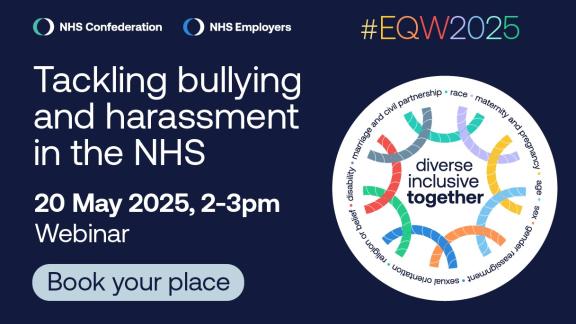Using AI to transform wound care in the community : North Cumbria Integrated Care

Overview
In North East North Cumbria (NENC) ICB, about 50 per cent of community nurses’ workload involves managing acute and chronic wounds, costing around £41.7m annually. Nationally, wound care costs the NHS £8.3 billion per year.
Prior to using the artificial intelligence (AI) model, community nurses used manual tape measures for wound treatment. Band 3/4 staff often needed guidance for complex wounds, requiring photos to be sent to higher bands for remote advice or in-person treatment, leading to inconsistent care and no wound records.
Chronic wounds can be debilitating for patients, causing isolation, uncertainty, and worsening mental health, leading to depression and anxiety.
Solution
To address the challenges of treating wound care and managing the workforce’s caseload, NCIC started using a model which uses an AI algorithm to support the workforce at any level to assess wounds confidently, consistently and safely.
The new model has a high degree of accuracy and precision capturing a full 3D model of the wound, allowing for standardised assessment, fully aligned with clinical guidelines, including measurement, location and tissue distribution.
Process
Clinicians complete a bespoke wound assessment using their smartphone to calculate automated wound measurements, identify the wound bed tissue types, and give percentages of the distribution. With this reliable data, clinical teams can quickly identify deteriorating wounds and optimise care plans.
The model provides a live portal for wound data, giving full visibility of all cases. This helps with early diagnosis, proper referrals, team reviews, and virtual specialist support for better clinical decisions.
Impact
Safety is NCIC priority and their ambition is to provide the best and safest care possible for their patients and workforce. Since using this new technology NENC has made the following positive impacts for both the workforce and patients:
For the workforce, it has:
- opened access to data to help them understand wound care admission and caseloads
- upskilled and retrained the workforce to dress and treat wounds with confidence which has led to greater empowerment of junior clinical staff to undertake assessments
- provides assurance for staff as they are creating a log of the wound which provides detail on how the wound was treated if the patient is admitted into hospital
- releases time to care for band 6/7 staff
- reduced admin burden for staff.
For patients, it has:
- reduced healing time and improved patient outcomes
- prevented care and reduced hospital admissions
- supported self-care- living with a complex wound can be difficult as the healing process can take a long time. Having a photographic log of the wound and being able to see the smallest improvements can be beneficial for the person's wellbeing and recovery
- minimised the likelihood of future infections, admissions to hospital and amputations.
Next steps
By working in partnership with the AI company NCIC is hoping to:
- improve communication between specialists in wound care
- increase equity of care and improve outcomes for patients across systems
- reduce incidents of early identification, deteriorating wounds and clinical risks
- standardise clinical data collection and reporting
- improve consistency of adherence to best practice guidelines
- increase system wide collaboration with ICS partners to expand digital wound management beyond the trust, to primary care, acute services and nursing / care home settings
- enable access to services including emergency departments/ vascular specialists both via the app and the web page portal for greater information sharing. Especially when a patient is moving between care settings despite many different digital documentation systems being in use. This is particularly helpful in shared care, between district nurses and podiatry and vascular services to ensure continuity of treatment and transparency of information to all involved in the patients care.
Currently, the AI model is primarily used in the healthcare sector by community nurses' teams, podiatrists, tissue viability care, and vascular teams in secondary care. There are plans to introduce this into the emergency department soon. However, it is not currently utilised in social care, as there are uncertainties about how it would function in that setting. Its implementation in social care may be considered in the future.
Top tips
Develop local champions and ensure you have good professional relationships with suppliers and another around the power of data in driving forward the initiative.
Make sure you are clear on:
- what IT infrastructure and resources are required for roll out and whether you have these already
- what training, standard operating procedures and ways of working are required for an effective rollout.
Take a look a Confed's comprehensive guide to supporting healthcare leaders to make sense of AI. This model is referenced in the guide as an example of good practice and goes into more detail on how AI technology works.



